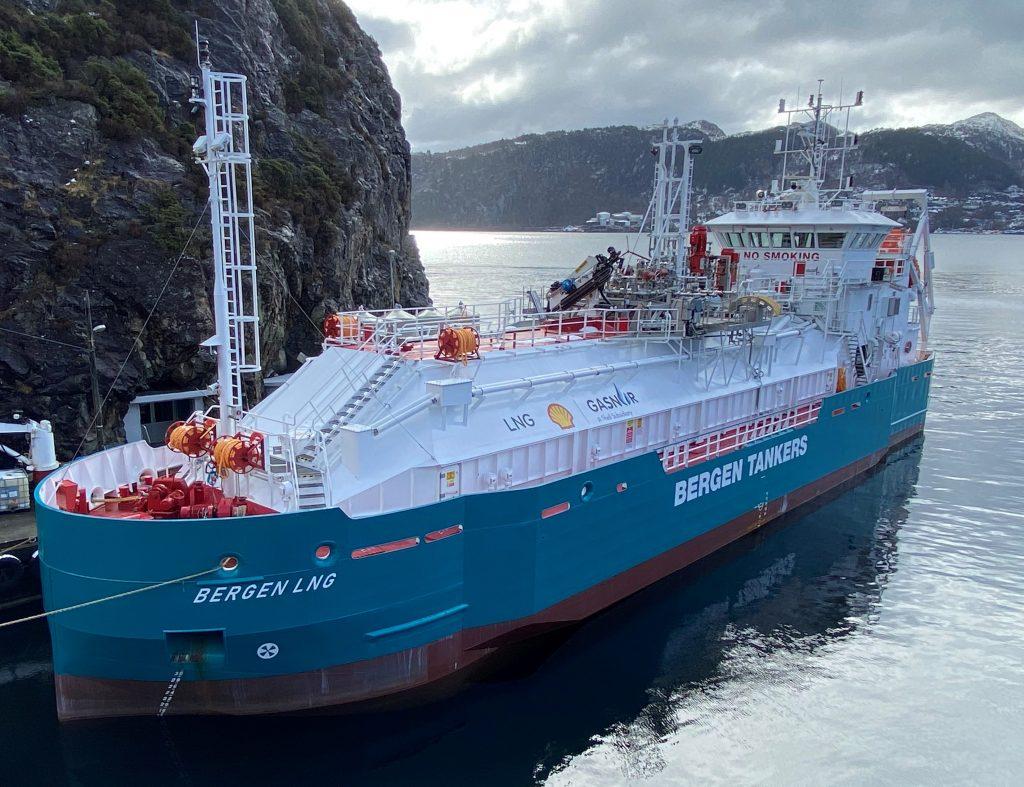The Growing Importance of LNG as a Maritime Fuel
LNG Adoption Rises as IMO Regulations Tighten
With new regulations coming into effect to drastically reduce the amount of sulfur allowed in maritime fuel, ship owners are scrambling to find compliant options. One solution that is gaining significant traction is the use of liquefied natural gas (LNG) as a marine fuel. The International Maritime Organization's (IMO) sulfur cap, which takes effect globally on January 1, 2020, lowers the sulfur content limit from 3.5% to just 0.5%. Rather than investing in expensive sulfur scrubbers or switching to higher-priced compliant fuels like very low sulfur fuel oil (VLSFO), many ship owners are opting to future-proof their fleets with LNG conversions and newbuilds.
Developing the Global LNG Bunkering Infrastructure
As more ships adopt LNG, an extensive network of LNG bunkering facilities must be developed around the world's ports to enable reliable fueling. Pioneering locations like Norway already have experience in LNG bunkering and are serving as models for other regions. In Europe, companies are collaborating on projects to establish bunkering hubs in the Netherlands, Belgium and Germany. Progress is also being made in developing LNG supply chains in Australia and parts of Asia to support growing LNG carrier and container ship fleets. Significant investments are flowing into building out infrastructure in the United States to supply North American ship operators and kickstart the emerging LNG export industry.
Challenges in LNG Bunkering Technologies
While demand is rising rapidly, providing LNG as a viable maritime fuel on a global scale presents unique technical challenges compared to conventional oil-based bunkering. New bunker vessel designs must ensure safe handling and transfer of the cryogenic fuel. Portside infrastructure needs to accommodate larger tank capacities for equivalent energy provision. Standardized regulations and procedures around safety, operations and liability are still evolving. Terminal logistics such as truck-to-ship transport and inventory management require innovation. Harmonizing technical rules across different regulatory bodies remains an obstacle to establishing a truly interconnected supplier network. Ongoing R&D aims to overcome barriers through advanced cryogenic storage and pumping systems.
Benefits Luring More Adopters to LNG
Despite current gaps that need bridging, the compelling advantages of LNG are pulling the industry toward widespread bunker availability in the long run. LNG produces virtually zero sulfur and particulate emissions, meeting the IMO's stringent environmental targets. It reduces nitrous oxides by 85% compared to diesel oil and cuts carbon footprint significantly versus heavy fuel oil when considering methane slippage. Operational costs for LNG-powered ships are comparable or only moderately higher than conventional counterparts. Energy density is only marginally lower than oil-based marine fuel on a mass basis. Most importantly, LNG future-proofs investments by complying with the evolving regulatory landscape towards greener maritime transportation.
The Business Opportunity in LNG Bunkering
Suppliers and service providers are pursuing major opportunities emerging from the growth of LNG as a marine fuel. Terminals are expanding storage and handling capacity to capture bunkering demand. Equipment manufacturers are designing specialized bunkering vessels, tank containers and truck-to-ship transfer systems. Traders are securing long-term LNG supply for bunkering hubs. Technical consultancies are assisting ports and shipowners with conversion projects and developing best practices. Classification societies are setting industry standards on design and operations. As a large commercial infrastructure matures globally, there are prospects for new bunker traders to enter the market and attain scale. Shipowners can benefit by entering long-term LNG supply contracts at locked prices over volatile conventional marine fuels.
Outlook
While overcoming remaining challenges, widespread LNG bunkering networks and adoption are inevitable by all projections. The IMO regulations will significantly stimulate demand especially for vessels operating in Emission Control Areas with stricter emission limits. Broader sustainability goals will accelerate the transition to cleaner alternatives. Larger ships are best suited initially due to tank size constraints on smaller vessels. As technologies advance, LNG will permeate deep-sea shipping and progressively flow down to short-sea and regional shipping segments. LNG's compelling business case will drive continued investments into bunkering infrastructure around major ports. With environmental stewardship and regulatory compliance at stake, LNG's future as a leading marine fuel option looks very bright.
Unraveling the Future Landscape of the LNG Bunkering Industry



